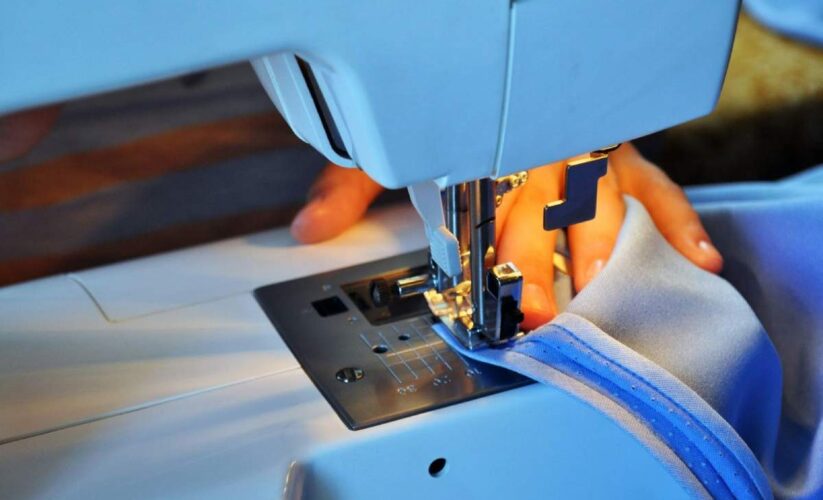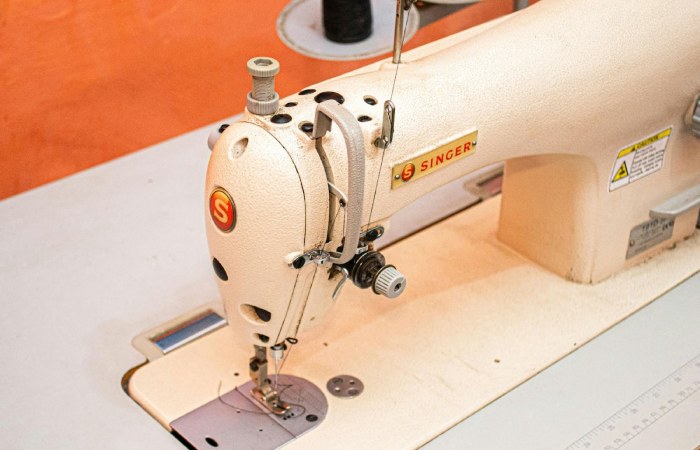
Behind Every Great Design: How Expert Pattern Makers Bring Fashion Concepts to Life
A fashion designer’s sketch is pure inspiration. It is a beautiful idea. But that idea cannot be worn. It cannot be stitched. It exists only in two dimensions. A crucial translation must happen. This translation is the work of the pattern maker.
They are the architectural engineers of the fashion world. They turn a flat drawing into a three-dimensional garment. Their skill determines how a piece will fit. It determines how it will move on a living body.
The collaboration with the best pattern maker Los Angeles has to offer brings a distinct advantage. It bridges the gap between fantasy and a tangible, wearable reality.
The Blueprint for a Garment
Think of a pattern as a clothing blueprint. It is a set of flat paper pieces. These pieces map out every single part of the garment. There are pieces for the front, the back, and the sleeves. The pattern dictates the exact shape for collars and pockets.
This blueprint guides the cutter’s hand. It shows where to place every seam and dart. Without a perfect pattern, even the most beautiful fabric is useless. The construction process would be pure chaos. The pattern brings order and precision to the entire operation.
The Magic of Draping and Flat Patterning
Pattern makers use two main methods. The first is draping. They manipulate muslin fabric directly on a dress form. They pin and tuck the material. They create the shape right there in three dimensions. This method is very organic and sculptural. The second method is flat patterning. They draft the shapes directly onto paper using precise measurements. This is a more technical and mathematical approach.
Most experts use a combination of both techniques. They might drape a complex bodice. Then they will draft the sleeves flat. This hybrid approach yields the best possible results.
The Fit Is Everything
A pattern maker’s true test is the fit. The first sample, called a toile, is usually made in cheap muslin. This is the moment of truth. The designer sees their idea on a real body for the first time. The pattern maker analyzes the fit with a sharp eye. They see a drag line across the back. They notice a slight pull in the sleeve cap. They add or remove tiny amounts of fabric. They adjust the curve of an armhole.
These minuscule changes make a monumental difference. A good fit feels effortless. It is the result of countless tiny, precise adjustments.
Problem Solvers by Nature
Designers often dream up complex constructions. They imagine intricate seams. They propose unusual fabric combinations. The pattern maker figures out the “how.” They are master problem solvers. They determine the best way to engineer a designer’s vision. They might suggest a different seam placement for better structure. They could recommend a specific interfacing to support a floppy collar.
Their practical knowledge prevents beautiful ideas from becoming production nightmares. They ensure the design is not only stunning but also actually possible to make.
Grading for the Whole World
A perfect pattern in one size is not enough. That pattern must be scaled up and down. This process is called grading. It creates a full range of sizes. Grading is a science. It is not simply making the pattern bigger everywhere. Different parts of a garment scale at different rates.
A pattern maker understands these subtle rules. They know how to maintain the original design’s proportions across every size. This ensures a size 2 and a size 16 offer the same intended look and feel. It is a complex and absolutely critical task.

The Digital Revolution
Pattern making is not stuck in the past. Technology is a huge part of the modern process. Many makers now use specialized CAD software. This allows for incredible precision. Digital patterns can be adjusted with a click. They can be stored and shared instantly.
This technology also enables 3D virtual sampling. A designer can see a digital version of their garment on an avatar. This saves immense amounts of time and physical material. It speeds up the entire development cycle dramatically.
Final Thoughts
The best pattern making is often invisible. When a garment fits flawlessly, you do not think about its pattern. You just feel amazing. The seams fall in the right places. The fabric moves with your body. There are no pulls or wrinkles.
This effortless experience is the pattern maker’s masterpiece. They work behind the curtain. Their talent remains unseen. Yet their impact is felt with every single wear. They are the quiet, essential force behind every great design. They are the true architects of what we wear.

